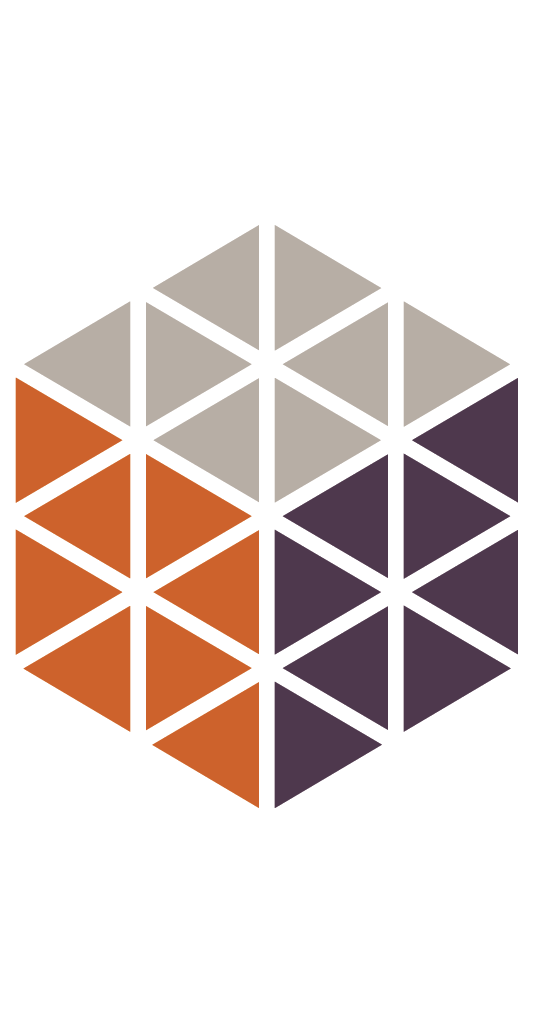The term halfway house can refer to a number of transitional living environments that help people re-enter society. For people
in recovery, it usually refers to sober living homes that provide varying degrees of support and supervision.
Halfway houses can also help people with other mental health disorders find stable housing after mental health treatment.
Transitional living environments for people with a history of homelessness may also be called halfway houses. These people
may or may not have histories of substance abuse.
Prison systems in many states use halfway houses to help individuals re-enter society after incarceration. These houses provide
an array of services that can include treatment for substance use disorders.
The term halfway house has been
stigmatized because of its association with
prisoners and people who have a history of drug use. Organizations may use other terms in lieu of halfway houses
to avoid stigmatizing residents.
- Sober or dry houses
- Sober living homes
- Sober living environments
- Recovery residences
- Transitional living environments
- Community-based residential facilities
- Residential re-entry centers
- Community release centers
Some halfway houses are owned and operated by nonprofit entities. Others are run by for-profit mental health providers. The
federal government and some states also oversee halfway houses.
The services and resources a halfway house provides depend on the type of operator, the purpose of the residence and the
types of residents who live there. In general, halfway houses have strict rules, accountability tests and resources to
aid residents. Most houses have some form of house manager, supervisor or on-site landlord. Many also limit the duration
of residency.
Recovery Residences After Treatment
Recovery residences, more commonly known as sober living homes, are dedicated to helping people re-enter society after receiving
treatment for alcohol or drug addiction. The homes are usually run by a rehab facility, a person in recovery or residents
who have maintained sobriety for extended periods of time.
Laura Clarke of The Recovery Village describes how people transition back to work while staying in a sober living home or halfway house.
Sober living homes house only people in recovery from addiction. Rules vary, but most houses require participation in some
type of recovery program. Residents usually have to maintain regular employment or show proof that they’re searching
for employment. Curfews are often enforced, and residents have to participate in chores and attend house meetings.
Services and resources vary depending on the level of care provided by the recovery residence. Some homes have direct access
to clinical services, and others provide referrals to known health providers.
- Drug screenings
- Support group meetings
- Counseling
- Life skill development
- Vocational training
The intensity of care and types of services offered vary depending on the residents’
stage of recovery. Halfway houses designed for people in early stages of recovery provide more resources and structure
than
three-quarter houses, which are sober living homes for people who have a longer history of sobriety.
The cost of rent varies from house to house. Nonprofit institutions, such as Oxford House, split rent and utility bills equally
among residents. The cost of living in a sober living home that requires participation in an affiliated outpatient treatment
center may be higher, but
insurance may help pay for residency during treatment.
Ready to make a change?Take the first step and start your recovery today.
Get Help Now
Residential Reentry Centers After Incarceration
The main goal of residential reentry centers, the term that the Federal Bureau of Prisons uses to describe halfway houses,
is to reduce recidivism. Most of the centers are run by contractors, and the Federal Bureau of Prisons provides oversight.
Many state prison systems have similar facilities that state prisoners can transfer to before completing their prison sentence.
- Financial courses
- Basic education classes
- Anger management therapy
- Driver’s license courses
- Computer skills training
- Employability training
- Grief counseling
- Mentoring services
- Self-esteem classes
Most halfway houses do not provide medical care, but many provide drug abuse programming. Federal prisoners can participate
in a residential drug abuse program in prison and move to a transitional drug abuse treatment program in a halfway house.
- Individual counseling
- Group therapy
- Family therapy
Some halfway houses also have on-site
Alcoholics Anonymous and
Narcotics Anonymous meetings. Individuals who require more intensive addiction treatment can access outpatient medical
services at a rehab facility while they finish their sentence at a halfway house.
Prisoners usually pay for medical services with health insurance. Federal prisoners pay a halfway house fee that can’t exceed
25 percent of their gross income, according to Families Against Mandatory Minimums, a nonprofit that advocates for responsible
sentencing laws.
Transitional Housing After Homelessness
Transitional housing units designed for people
experiencing homelessness are sometimes known as halfway houses. They are similar to recovery residences because
most forbid alcohol or drug use, and many provide similar support services.
The housing programs help participants learn life skills, develop vocational skills and find employment. They can also provide
referrals to general health services and mental health providers.
Halfway houses for people without homes are designed for the general population, but the programs may be capable of helping
people in recovery from
substance abuse issues. They provide the support systems necessary for individuals to reconnect with their community
and locate resources that help them find purpose.
Most transitional housing programs are supported by government funding and private partnerships. They generally house people
for up to 24 months.
Halfway houses are safe living environments that help people re-enter society and avoid relapse into substance abuse, crime
or homelessness. They set residents up for success by teaching them life skills and allowing them to practice those skills
while living in a structured environment.
Medical Disclaimer: DrugRehab.com aims to improve the quality of life for people struggling with a substance use or mental health disorder with fact-based content about the nature of behavioral health conditions, treatment options and their related outcomes. We publish material that is researched, cited, edited and reviewed by licensed medical professionals. The information we provide is not intended to be a substitute for professional medical advice, diagnosis or treatment. It should not be used in place of the advice of your physician or other qualified healthcare provider.
Author
Senior Content Writer,
DrugRehab.com
Chris Elkins worked as a journalist for three years and was published by multiple newspapers and online publications. Since 2015, he’s written about health-related topics, interviewed addiction experts and authored stories of recovery. Chris has a master’s degree in strategic communication and a graduate certificate in health communication.
View Sources
- Bridges International. (n.d.). The Turning Point Bridge Community Release Center. Retrieved from http://www.bridgesofamerica.com/facilities/turning-point-crc/
- Families Against Mandatory Minimums. (2012, April 24). Frequently Asked Questions About Federal Halfway Houses & Home Confinement. Retrieved from http://famm.org/wp-content/uploads/2013/08/FAQ-Halfway-House-4.24.pdf
- Family & Youth Services Bureau. (2016, June 24). Transitional Living Program Fact Sheet. Retrieved from https://www.acf.hhs.gov/fysb/resource/tlp-fact-sheet
- Federal Bureau of Prisons. (n.d.). Completing the transition. Retrieved from https://www.bop.gov/about/facilities/residential_reentry_management_centers.jsp
- National Alliance for Recovery Residences. (n.d.). Recovery Residence Levels of Support. Retrieved from https://narronline.org/wp-content/uploads/2016/12/NARR_levels_summary.pdf
- Oxford House. (2015, September 6). Oxford House Manual. Retrieved from #
- Polcin, D.L. & Henderson, D. (2008, October 1). A Clean and Sober Place to Live: Philosophy, Structure, and Purported Therapeutic Factors in Sober Living Houses. Retrieved from https://www.ncbi.nlm.nih.gov/pmc/articles/PMC2556949/
- Polcin, D.L. et al. (2011, March 15). What Did We Learn from Our Study on Sober Living Houses and Where Do We Go from Here? Retrieved from https://www.ncbi.nlm.nih.gov/pmc/articles/PMC3057870/
- Substance Abuse and Mental Health Services Administration. (2016, April 19). Housing and Shelter. Retrieved from https://www.samhsa.gov/homelessness-programs-resources/hpr-resources/housing-shelter
- The Salvation Army. (n.d.). Transitional Housing Programs. Retrieved from #
- Valentino, T. (2017, March 22). Laws boost protections for three-quarter house tenants. Retrieved from #
- Volunteers of America. (n.d.). Homeless Veterans Reintegration Program. Retrieved from #
 Addiction
Addiction
 Treatment
Treatment
 Faith & Religion
Faith & Religion
 Active Recovery
Active Recovery
 Our Community
Our Community




